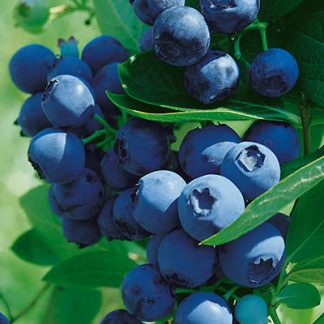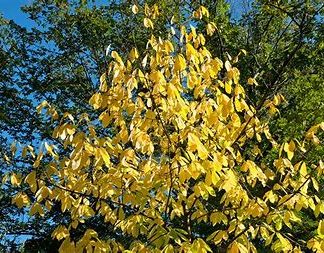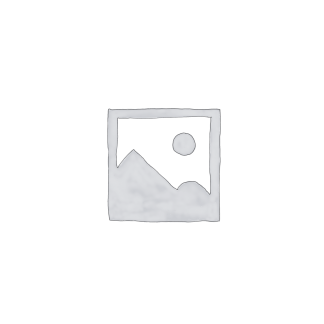Description
Cortland Apple Trees
Zones 4-6 Click here to find your Zone
Height and Spread: 15′ x 5-7′ (semi-dwarf variety)
Growth Rate: Medium (13 to 24″ per year)
Bloom Color: White
Fruit Color: Red
Ripening Time: Mid-September
Wildlife: The Cortland apple trees can be a food source for many mammals, including deer. With this in mind, measures may need to be taken to protect the tree from deer especially. The Cortland apple is a great pollen source for bees in the spring. Rodents and rabbits often eat the bark off of apple trees. Tree tubes are a great way to protect the bark from injury. When the bark is eaten it will often lead to girdling and eventual death of the tree.
History: Introduced in 1915, the Cortland apple tree produces an apple that is sweet-tart and relatively soft. It has a creamy white flesh.
Use and Storage: Fruit from the Cortland apple tree makes a wonderful sauce, but can also be used in pies, preserves, juices and eaten fresh. The Cortland apple does not easily brown, so it makes a very pretty sliced apple in a salad.
Pollination Requirements: This semi-dwarf variety requires a pollinator within 50′ to produce fruit.



